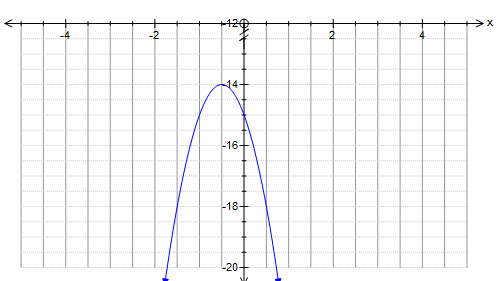
Using standard for of #y=ax^2+bx+c#
Where #x =(-b+-sqrt(b^2-4ac))/(2a)#
Let:
#a=-4#
#b=-4#
#c=-15#
So by substitution we have:
#x= (-(-4) +- sqrt((-4)^2 -(4)(-4)(-15)))/(2(-4)#
#x=(+4 +- sqrt(16-240))/(2(-4))#
#x=(4+-sqrt(-224))/(-8)#
partitioning 224 into prime numbers and squaring where able
#x= (4+- sqrt((-1) times 2^2 times 2^2 times 2 times 7))/(-8)#
#x= (4+-4sqrt(-14))/(-8)#
#x=(1+- i sqrt(14))/(-2)#
As we have #+-# in the numerator before the root having a negative denominator makes no tangible difference to that root. However, it does have an effect on the 1 preceding it. Consequently we have #-1/2#.
#x=-1/2 +- isqrt(14/4)#
#x=-1/2 +-isqrt(7/2)#


